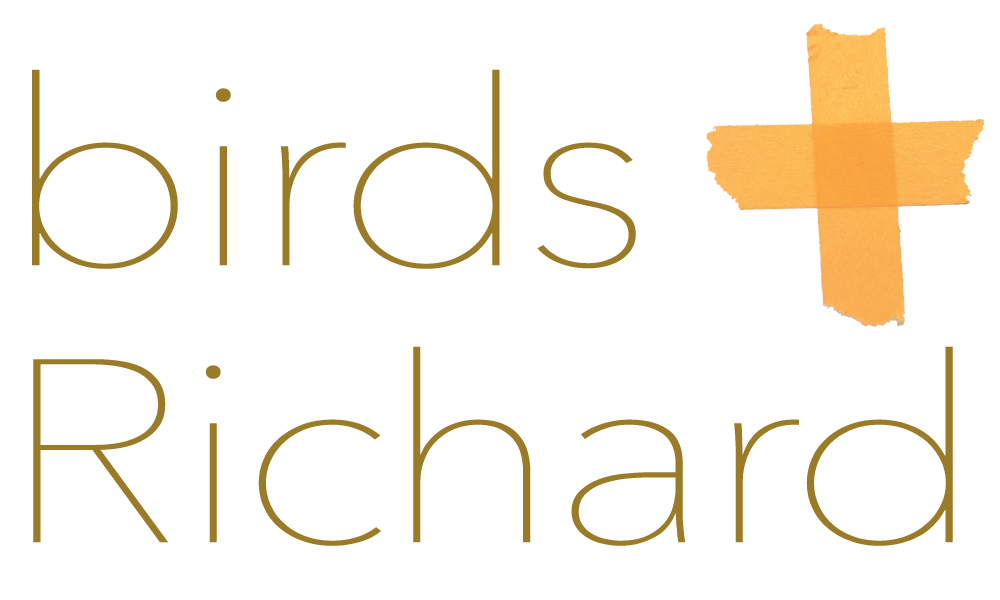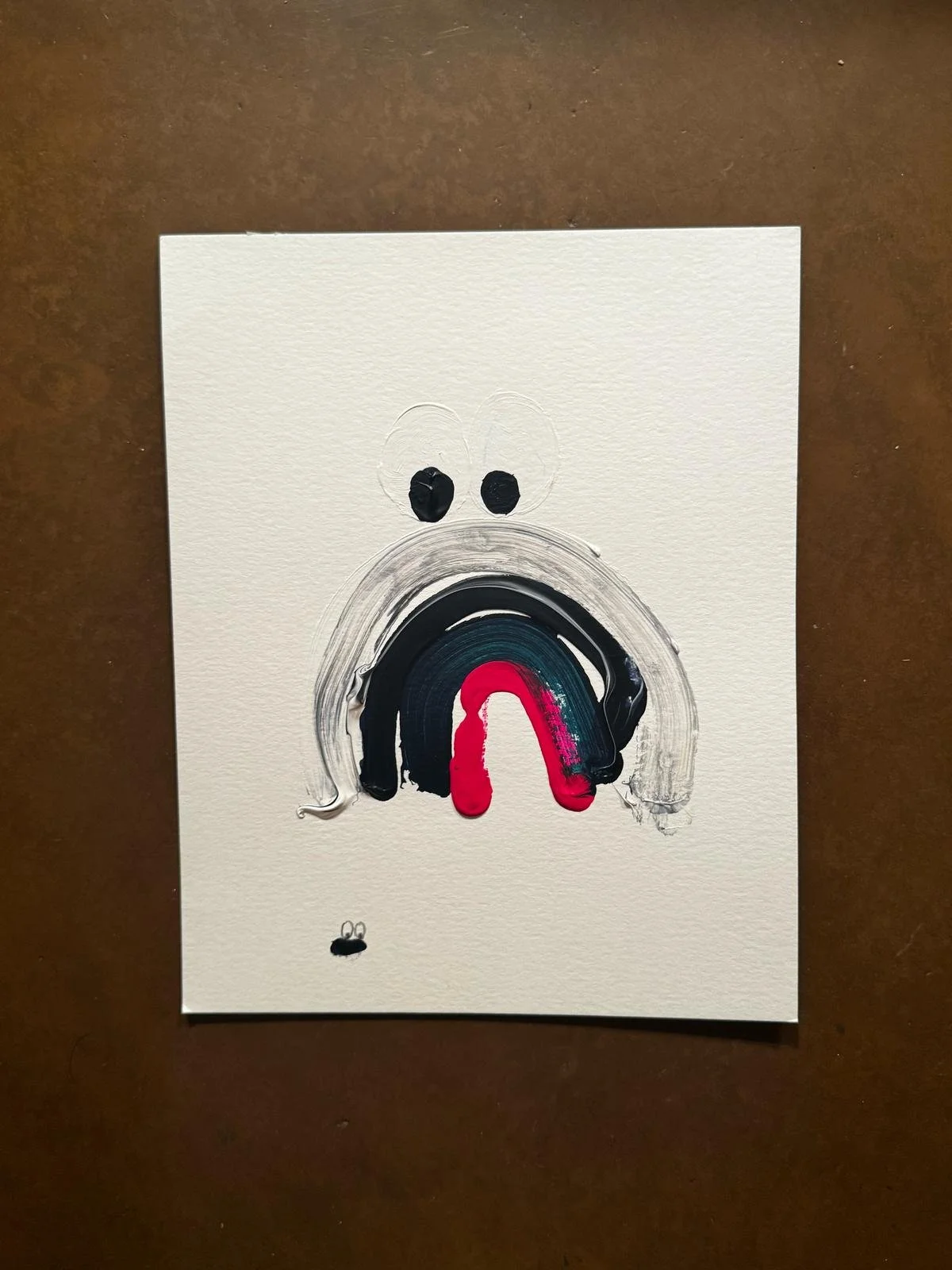MAY 22 - AUG. 31, 2025 - Perseverance
OPENING
Thursday, May 22, 2025 | 6-9 PM
DURATION
May. 22 - Aug. 31, 2025
COLLECTOR’S DINNER
Friday, May 23, 2025 | 7pm
Hosted by Richard B: Reserve your spot here.
GROUP SHOW
INTRODUCTION
by Maggie Grimason
Perserverance—the first exhibition at birds + Richard’s Berlin gallery in 6 years—is a wide-ranging meditation on the means we have employed to persist despite the struggles of existence. A central line of questioning emerges in the work of the exhibition’s four artists (Allyson Packer, Jennifer Vasher, Jeffrey Teuton, and Linou Meyer) around the value and absurdity of hope—and the many ways we nevertheless seek to sustain it.
Ancient philosophers viewed clouds as principles of generation, with transformative powers capable of bringing forth new things. In Packer’s single-channel video installation Looming, Towering, Stooping, Sinking, distorted clouds are in continuous motion, mechanically nudged by glitching an AI tool intended to create seamless transitions. Their jerky trajectory across the still sky suggests hidden gears turning beneath the landscape. A soundtrack of karaoke classics (Chris Isaak, Fleetwood Mac) turns ominous, the voices stripped from the tracks so all we hear is instrumentals and Packer’s narration of journeys through bewildering landscapes; journeys that are fraught because today mystery has become synonymous with dread. Of glimmering mirages on a desert highway, Packer asks, “Is that hope or torture?” The clouds keep moving. They obscure, they conjure the technological machinery that binds us together, and they bring the illusion of solidity, though they are not truly so. Mostly, they loom, obliterating the horizon with shapeless anxiety. In Packer’s work, an image of the future blinks into existence, as yet unformed and unknown, then evaporates quick like a raincloud over the desert.
The provisional hope in Packer’s work is winked at with self-aware humor in the sculpture and drawings that Jennifer Vasher brings to Perserverance. Three mixed media sculptures of boiling flasks joined with warped Starbucks syrup pump heads drip grotesquely, lacquered together with pastel blue and matte orange paint. Foregrounding the sculptures are a series of drawings that playfully spotlight language of abdication: so, almost, practically, near miss, I wash my hands of this. The bottles leak, the words are smudged. While Vasher’s wordplay is cheerfully evasive, the cumulative effect of this series is bound up with material reality. Here, fear keeps pace with hope, and the aspirational good life is commodified in products that promise purity, beauty, and goodness, even while their contents (petroleum, formaldehyde, coal tar dye) corrupt our bodies and earth. The uncritical forgetfulness of human hearts, our desires, and gullibility are contrasted with our hopes, joining two almost irreconcilable worlds: the skillfully manipulated and the plainly honest.
While Vasher and Packer’s works interrogate an idea of hope that is mingled with sadness, all hope nevertheless concerns the possibility of happiness. In Jeffrey Teuton’s series, words are tangled and repeated to create forms and cartoonish self portraits are dominated by eyes, wide and apprehensive. Teuton uses repetition as a tool, creating a sort of psychic assurance—even with exasperated phrases like oh for fucks sake—that the simple can become significant. Describing his work as rituals, he orders predictable movements and repeats imagery to create a sense of structure in a universe dominated by anxieties. These works are emotionally involved with the world, articulating sorrows and fears, but remain buoyant—an unexpected thick line of bright pink curves across a canvas or the suggestion, subtle as it is in a jumble of brushstrokes, of a smile. Teuton cultivates hope by creating an anchor of ritual, establishing a sense of agency through the steadfast creation of his own bullish language. In this way, his work exemplifies most clearly the relationship between hope and perseverance.
Ultimately, hope orients us towards possibility. Linou Meyer’s paintings round out the exhibition with a sense of return to the levity of childhood. Meyer primarily works in negative space, with delicate line work becoming more legibly spontaneous and bright as a result. According to Meyer, her process requires a dose of “magical thinking,” rebelliously departing from the “real world” to return us to wide eyed innocence. The worlds Meyer builds are not blunted by the hallucinations of modernity—individualism, tech fetishization, and our own blurry places in a global culture—but instead embraces a cosmos of primary colors, building shining castles in cloudless skies. Her oil pastel and colored pencil works are almost otherworldly in their unabashed idealism. In our grown-up cynicism that insulates us from despair, Meyer points us toward things we may have forgotten, the possibility of attaining better things despite all that is and all we know.
There are patterns we may never discern—how money spends, how clouds move, how we endure, grow up, and then miraculously return again to be the same as we were. In Perserverance the world is a mist of development, vast skies, consumerism, ritual, and contrast, all brightening to a true horizon, the boundary between here and another world. In between, the wildest element glares: the light.





